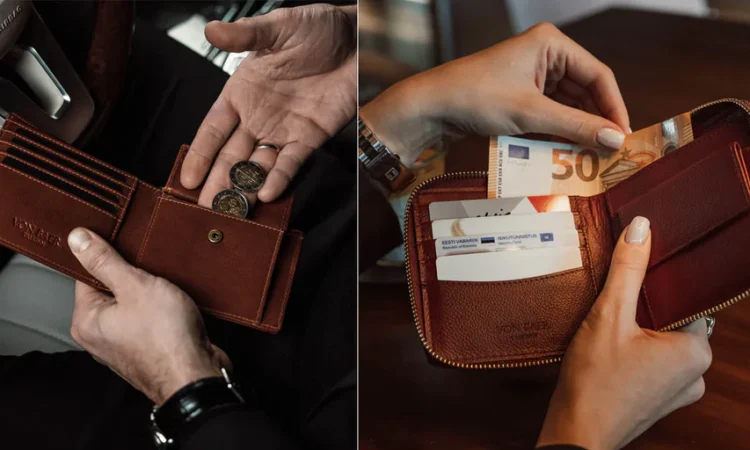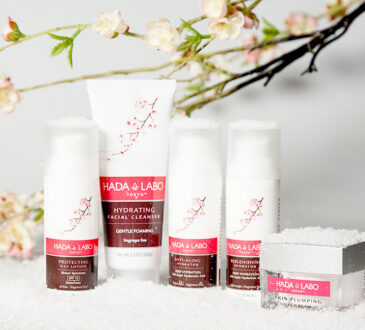
A wallet is a small tool we carry every day. It keeps what we need—like money, cards, and receipts—organized. But not all wallets are the same. Some are slim and fit easily in small bags or pockets. Others are long and offer more space. Learning the types of wallet might help you choose the right one that fits your preference.
Types of Wallets
Compact wallets are small and simple. They fold or zip closed and can fit into small purses or pants pockets easily.
Long wallets are taller and often open up like a book. They usually let you lay bills flat and sometimes have room for a phone or a few extra cards.
Hybrid styles offer a middle ground—still slim, but with more pockets inside.
Features to Consider
- Card slots: These hold your essential bank, ID, or membership cards. Choose how many you need most days.
- Bill compartments: Some let you lay currency flat; others just hold it folded.
- Coin space: A zipper or snap pocket helps keep loose change from spilling out.
- Extra pockets: Flat compartments or gussets can store receipts or small papers safely.
Material Choices and Wear
- Soft materials feel light and gentle. But if they get very wet often, they can fade or stretch.
- Sturdier fabrics keep shape and may resist wear better. They usually clean more easily—just wipe with a soft cloth.
- Mixed styles (e.g., a sturdy body with a soft lining) can balance feel and durability.
What Fits Your Daily Routine
- Everyday errands: A compact wallet is easy to carry. It’s light and enough to fit in most small spaces.
- Office or outings: A long wallet can hold receipts or a slim notebook for notes. It keep you stay organized.
- Travel or events: A slim wallet with secure closures helps keep essentials safe and accessible.
Comfort and Pocket Space
A wallets should feel right in your hand or pocket because too tight and too big can be uncomfortable, especially when sitting. Too loose might make things shift around or fall out. Try folding a paper to the size of the wallet you’re considering—it’s a good way to imagine how it will feel.
Keeping It Organized
- Sort your cards by how often you use them: daily ones in front, others in back.
- Fold or flatten receipts after checking them. Toss or file them soon so your wallet stays slim.
- Check the coin section—coins can bulk up quickly. Remove extra change now and again.
Choosing a Color or Pattern
- Neutral tones (like muted shades or plain textures) are easy to match with different bags or clothing.
- A pop of color can be a small energy boost when you use it. Just make sure it’s still easy to find at a glance.
- Keep surface and lining colors light if you often carry papers; darker interiors hide marks better.
Small Habits That Help
- Clean softly—use a soft cloth for most spots; air dry if it gets damp.
- Don’t overstuff—some items like keychains or coins can stretch or wear materials.
- Replace worn ones when zippers or snaps lose grip—this keeps your essentials more secure.
Feeling Confident with What You Carry
At the end of the day, a wallet is a personal choice. Let it reflect how you move through life—smooth, tidy, and comfortable. Practice opening it with one hand while your other hand holds your bag. Stand up straight and notice how a small, well-organized choice can feel quietly powerful. It is not just a storage of your money or cards but it is a part of your daily routine. Choosing the best and right one for you will benefit you for years. Aside from that, the one you enjoy using what you choose. So pick wisely.




